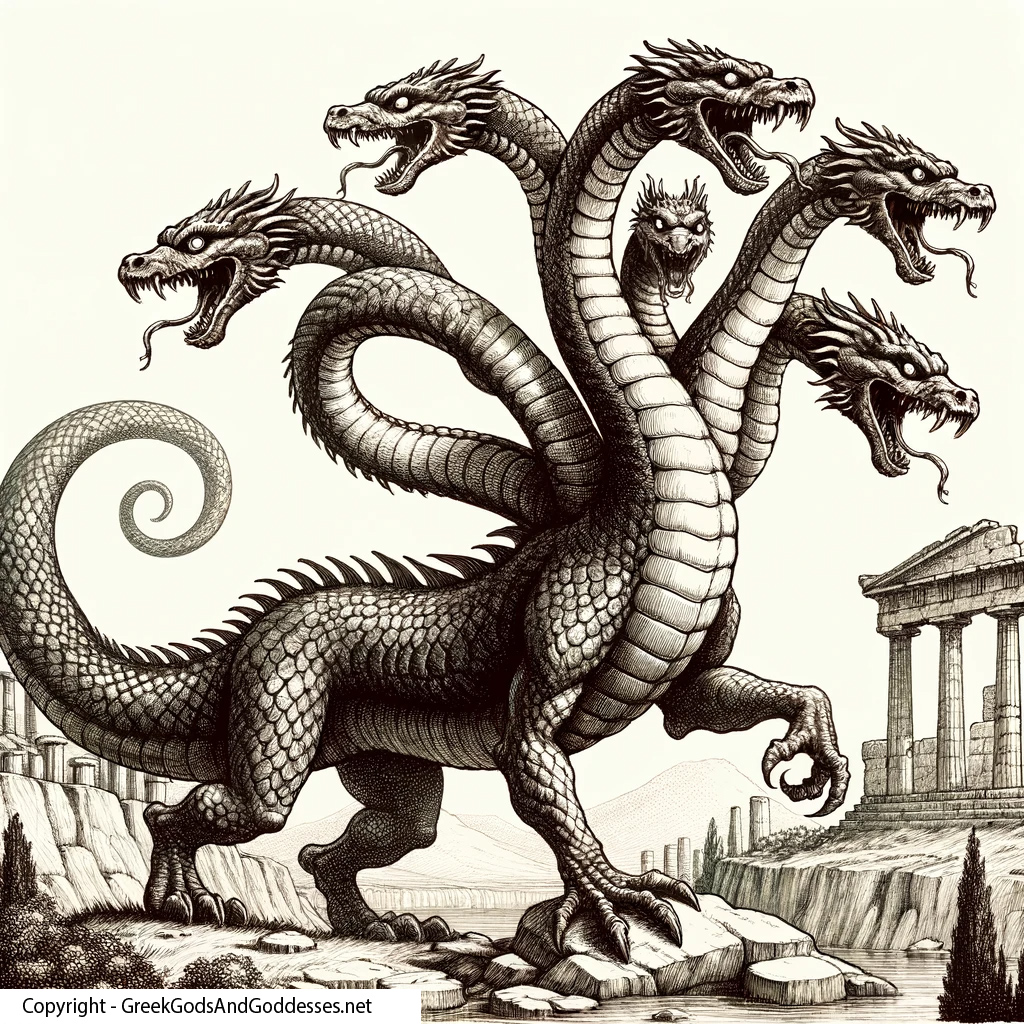The Ancient Greeks were a creative people, and their mythology is filled with all sorts of amazing creatures. One of our favorites are the sea creatures from Greek mythology. These creatures were often used to explain natural phenomena, such as storms, tidal waves and earthquakes.
Although many of these mythical sea creatures are considered evil, some cultures believe them to be beautiful and harmless. These creatures often play a role in Greek mythology.
The Sirens
Half-birds, half beautiful maidens, the Sirens were singing enchantresses capable of luring passing sailors to their islands, and, subsequently, to their doom.
The Sirens were creatures that sang beautifully, luring those passing by to their deaths. Each Siren combined the appearance of a woman and a bird, with the exact appearance varying depending on the artist. Some artists drew Sirens that had bodies of birds with the heads of women, while others made them look like women with the legs of birds. Later portrayals of Sirens made them look like seductive women and minimized their bird features.
The Sirens are the origin of the term “siren song,” which refers to something that’s hard to resist, but which will end badly. One of the most unique aspects of the Sirens, particularly in Homer’s “The Odyssey,” is how it’s not their appearances that tempt sailors, but their voices.
The Sirens were fated to die if any mortal heard them sing and then told the story. So, once Odysseus passed by unharmed, they hurled themselves into the sea out of disappointment and never bothered mortals again.
Scylla and Charybdis
These two mythical creatures were considered some of the most dangerous beings in Greek mythology. Scylla was a six-headed sea monster that lived inside a cave on one side of a narrow waterway. Charybdis was a giant whirlpool that would form on the other side of the waterway, sucking anything nearby into its depths.
One of Scylla’s most popular stories is in Homer’s epic poem “Odyssey.” Odysseus and his crew encounter the beast on their way back to Ithaca after the Trojan War. As they stop at Circe’s island, they heed a warning from the enchantress.
The Cetus
The Cetus was a giant sea monster that was sent by Poseidon to ravage the city of Aethiopia. In order to placate the beast, the king and queen of Aethiopia sacrificed their daughter, Andromeda, to it. She was chained to a rock on the shore as a sacrifice, but was saved at the last minute by the hero Perseus.
The Kraken
This mythical sea creature is a giant squid-like beast that drags ships and sailors to their watery graves. It’s said to be so large that its body could create a whirlpool when it dives deep beneath the waves.
Although the Kraken is most popular in Scandinavian folklore, its legend has spread to other cultures as well. In some depictions, the Kraken is so large that it’s mistaken for an island. When sailors land on what they think is solid ground, the Kraken grabs them and drags them into the water to drown.
The Hydra
The Hydra was a multi-headed serpentine creature that was said to inhabit the marshes of Lerna in Greece. It had nine heads, one of which was immortal. If one of its heads was cut off, two more would grow back in its place.

The Hydra’s story is most famously told in Hercules’ Second Labor. As part of his Twelve Labors, Hercules was tasked with slaying the Hydra. He succeeded, but only with the help of his nephew Iolaus. Together, they were able to cauterize the stumps of the heads as they cut them off, preventing new ones from growing back.
Circe
Circe was a sorceress who lived on an island in the Aegean Sea. She was known for her ability to transform people into animals, and would often do so to sailors who landed on her island.
Circe’s most famous story is told in Homer’s “Odyssey.” The hero Odysseus and his crew land on her island, and she turns them into pigs. However, Odysseus is able to resist her magic with the help of the god Hermes. He then forces Circe to change his crew back into humans and gives her a potion that makes her fall in love with him. They spend a year together on the island before he leaves to continue his journey home.
Calypso
Calypso was a nymph who lived on an island in the middle of the ocean. She fell in love with the hero Odysseus and kept him captive on her island for seven years.
Although she treated him well, Calypso eventually released Odysseus so that he could return home to his wife, Penelope. However, she gave him a raft and supplies to help him on his journey.
Link/cite this page
If you use any of the content on this page in your own work, please use the code below to cite this page as the source of the content.
Link will appear as Mythical Sea Creatures: https://greekgodsandgoddesses.net - Greek Gods & Goddesses, October 26, 2022